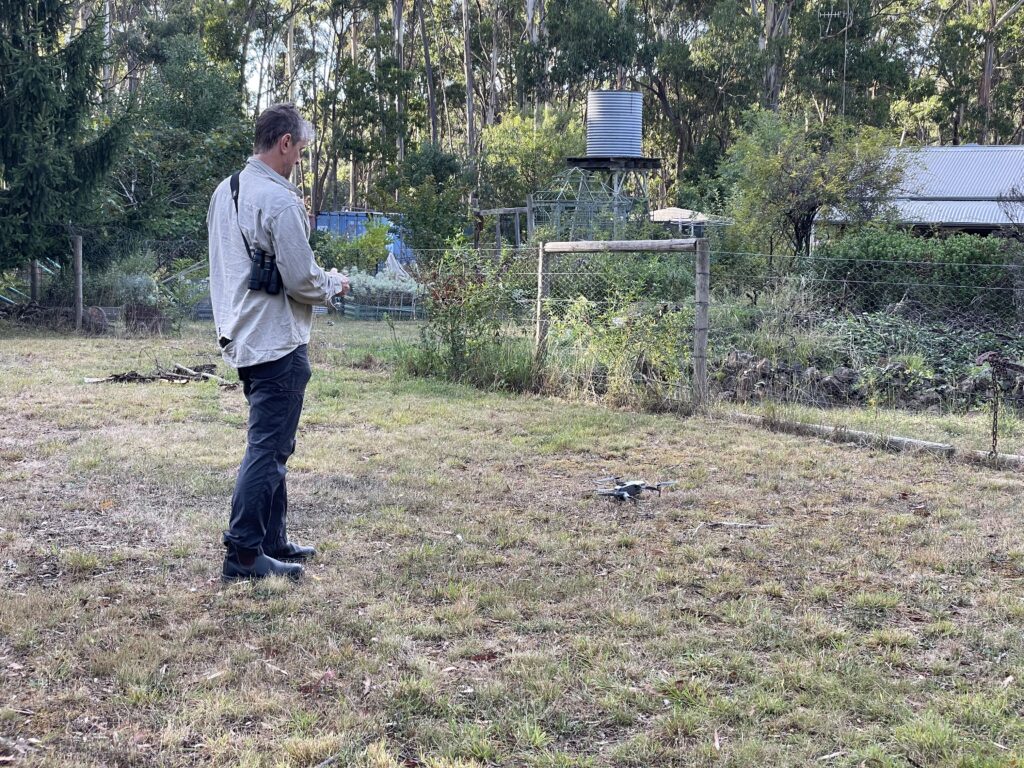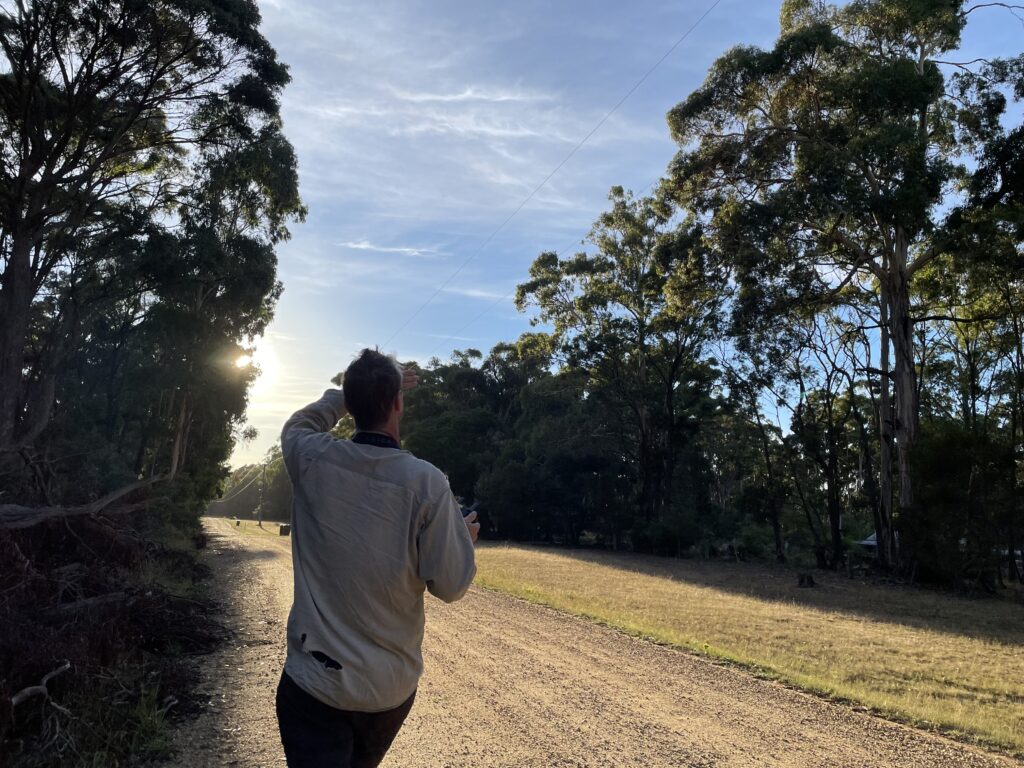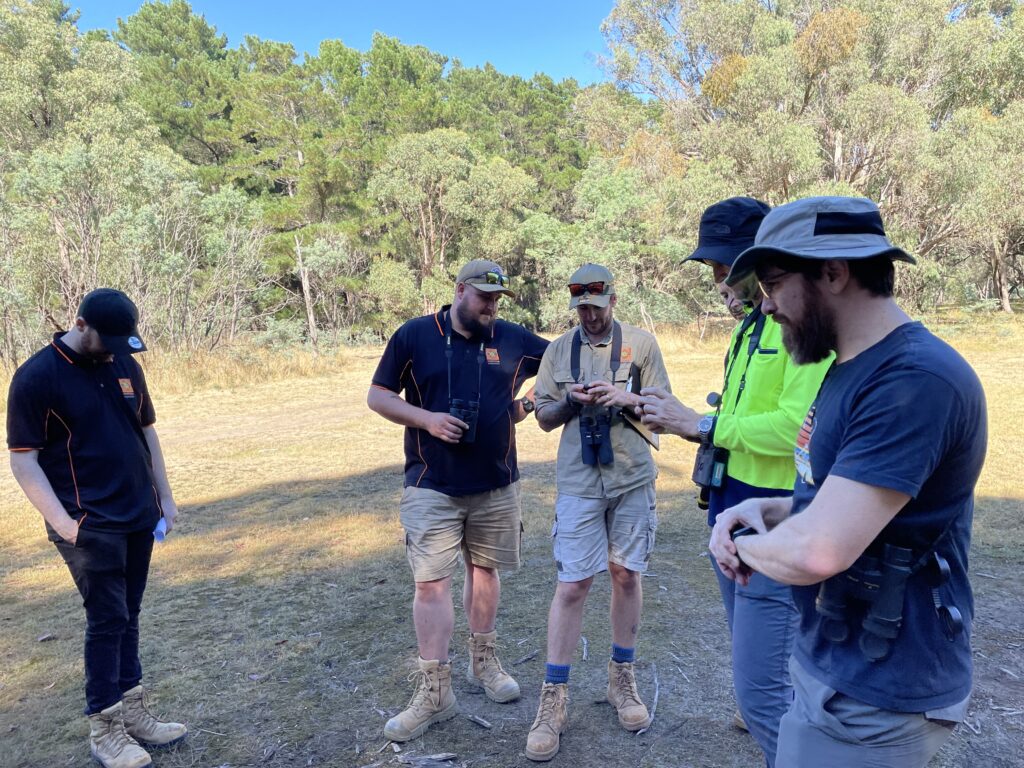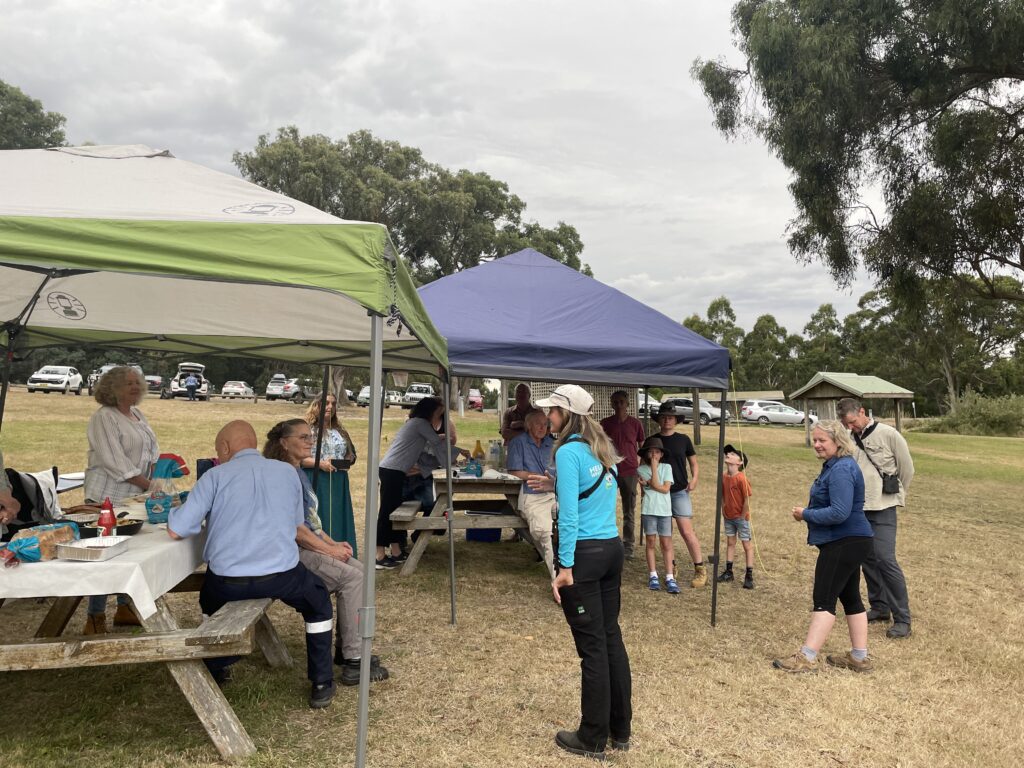Moorabool Koala Count
Pilot Program
The pilot program
The pilot program of the Moorabool Koala Count ran from Feb 1st – Mar 4th. The project was delivered in collaboration between Moorabool Catchment Landcare Group (MCLG), Wadawurrung Traditional Owners, and the CSIRO.
Instead of relying on one element to conduct our survey we employed three focus areas. Including the use of new thermal drone and machine learning technology, Traditional Owner knowledge and cultural perspectives of Wadawurrung representatives, and the empowerment of citizen scientists to collect valuable on-ground data.
Aims of the pilot
The pilot program set out to not only address knowledge gaps in local Koala populations, but also to lay the foundation for what monitoring programs can involve and achieve in the future by investigating innovative ways of capturing data.


New technology
Working with the CSIRO and the Queensland University of Technology we conducted infrared drone surveys on 15ha of bushland in the Moorabool catchment.
These surveys are processed by machine learning technology which can accurately detect Koala’s (97%). The combination of these technologies allows us to survey large areas in a small amount of time compared to traditional ground survey methods. This was the first time this technology was used in this way in the Moorabool region.
Traditional Owner Knowledge
Wadawurrung Traditional Owners were engaged during the initial planning of this project, and provided invaluable cultural insights while on Country.
Both MCLG and Wadawurrung received training from CSIRO in how to conduct transect surveys, which are now being implemented across Wadawurrung Country.


Citizen Science
A weeklong bio-blitz was run during the month of February. Similar to the Australian bird count, but utilizing the free app iNaturalist.
Individuals, community groups and Landcare groups all contributed to collecting as much Koala information as possible to fill the knowledge gaps in our landscape. You can still contribute now in the collection of data for the project. You can download iNaturalist on your phone and join our project.
At the end of the Koala Count a community BBQ was held at Bostock reservoir. We were joined by Koala Clancy Foundation President Janine Duffy who discussed Koala conservation and ecology.
Finishing the pilot program
The pilot program of the Moorabool Koala Count wrapped up at the beginning of March. In that time we received we received training from the CSIRO, conducted a number of transect monitoring surveys, completed a bio-blitz, and performed 15ha of thermal drone surveys just north of Gordon.
Our bio-blitz was recorded using iNaturalist during the month of February in the Moorabool region. We recorded 18 Koala observations in February compared to just 12 observations in all of 2021! A terrific effort for all of the volunteers involved, who we wouldn’t been able to do this project without.
Our transect surveys and thermal drone surveys did not detect any Koalas. But this does not mean they were unsuccessful, collecting data on where Koalas aren’t is just as valuable of where they are. All of the information collected in this project contributes to addressing the knowledge gaps we have in our local Koala populations, and will lead to better management decisions being made in the future.

Expanding the project
Building on the successful implementation of the pilot project, MCLG has continued to collaborate with the CSIRO and contribute to the National Koala Monitoring Program (NKMP). We hosted a Co-Design Workshop on July 14 which had an incredible turnout from the community. Everyone in attendance contributed their experience and local knowledge to improve the NKMP.
We are currently looking for people to contribute any way they can. iNaturalist observations, scat detections, historical data, or transect surveys. Anyone can contribute data to this project. Every bit of data we collect means a better future for the iconic Koala.